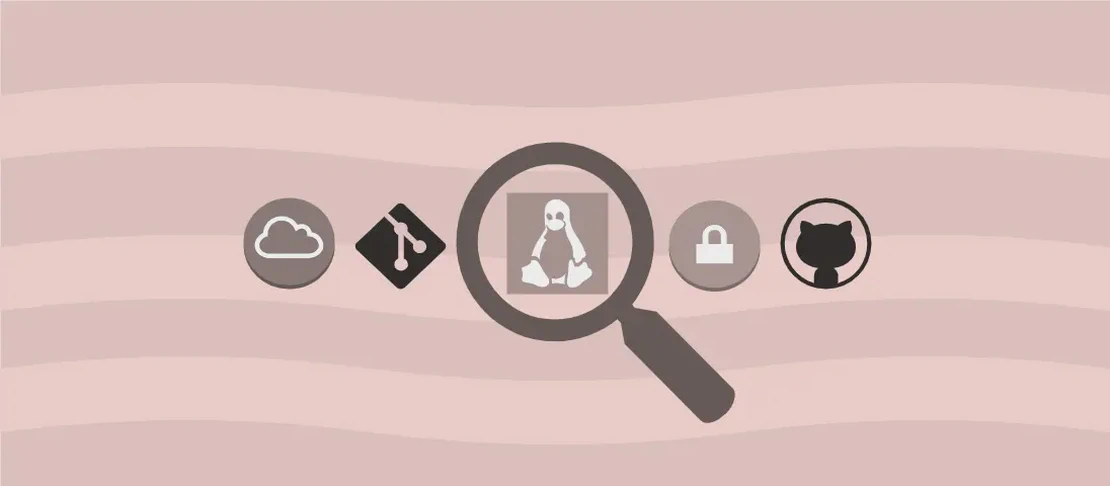
Mastering the 'repo-remove' Command (with examples)
- Linux
- December 17, 2024
The repo-remove command is an essential tool used for maintaining package databases in a local repository environment. Specifically, it enables the removal of specific packages from a local repository, helping to keep the repository organized and up-to-date. This command is particularly useful in scenarios where packages become obsolete, unnecessary, or require replacement with newer versions.
Use case: Remove a package from a local repository
Code:
repo-remove path/to/database.db.tar.gz package
Motivation:
Managing a local repository involves tasks like adding new packages, updating existing ones, and removing those that are no longer needed. Over time, some packages in the local repository may become outdated or redundant, potentially causing clutter and confusion. In such situations, using the repo-remove command serves as a straightforward and efficient solution to clean up the local repository by removing these unnecessary packages. It ensures a lean and tidy repository, ultimately making package management more manageable and efficient for developers and system administrators alike.
Explanation:
repo-remove: This is the command itself, a utility that focuses on the maintenance of package databases within local repositories. By explicitly removing packages, it helps in streamlining package management processes.path/to/database.db.tar.gz: This argument specifies the path to the package database file associated with your local repository. The path should accurately point to the database file where the package resides. It’s crucial since the database serves as a reference point for all packages within the repository, and having an incorrect path can lead to the failure of executing the command.package: This is the name of the package you wish to remove. Entering the correct package name ensures that the targeted package is accurately identified and subsequently removed from the local repository database. Providing an incorrect package name could either result in an unsuccessful command or cause the removal of the unintended package.
Example output:
removing package from path/to/database.db.tar.gz...
package removed
In this output, the system confirms the successful removal of the package from the specified database, indicating that the local repository is once again organized according to current requirements.
Conclusion:
The repo-remove command is a powerful utility for those managing local repositories, allowing systematic removal of unnecessary packages to maintain clarity and efficiency. By understanding and employing repo-remove, administrators can prevent repository bloat and ensure that only relevant packages occupy system space. This reflects an overall approach to effective system maintenance and package management, crucial in today’s IT environments.

